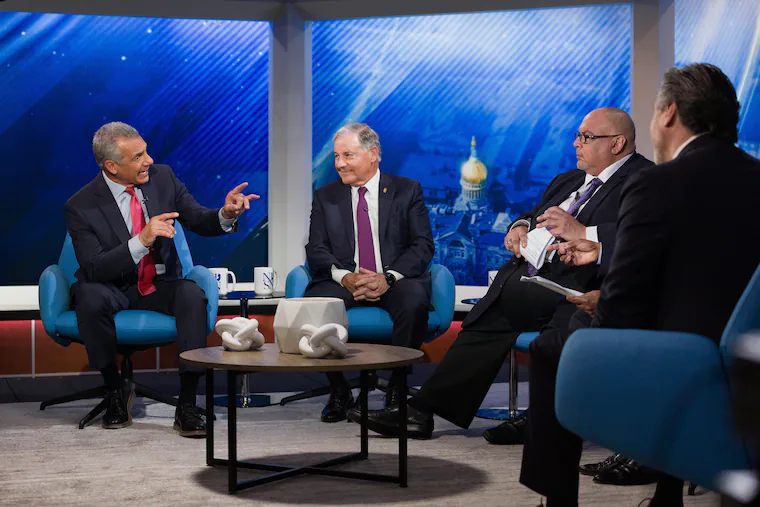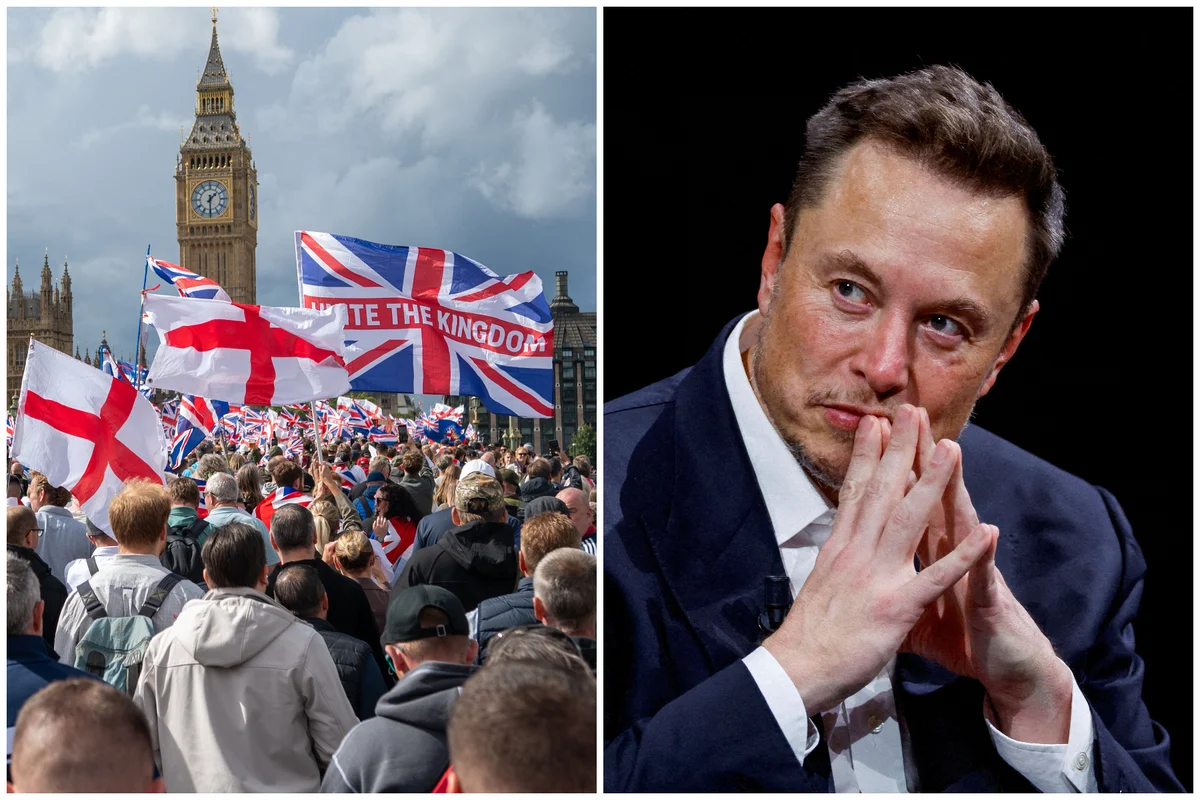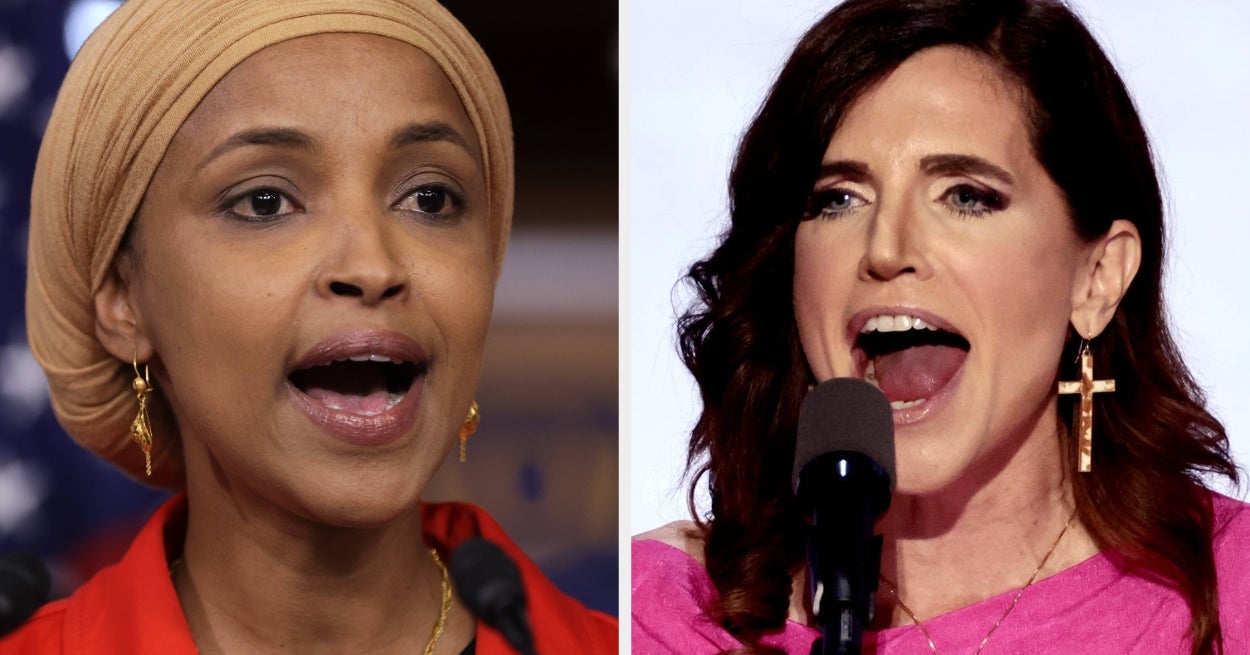By Jesus Mesa
Copyright newsweek

Every morning, millions of American children walk into schools that struggle with limited resources, while just a few miles away, their grandparents receive government checks that haven’t missed a beat in decades.
It’s not because the children are any less in need. However, the difference in how the government supports America’s aging population versus its youngest members is the result of politics and a lopsided system—one that guarantees checks for retirees, but leaves funding for children up for regular debate.
An Urban Institute analysis found that, in 2023, the government spent over $37,000 per senior, compared with $7,300 per child under 19—a ratio of about 5-to-1. That gap, which briefly narrowed during the COVID-19 pandemic, has since steadied, and recent policy proposals indicate it’s unlikely to shrink anytime soon.
“We haven’t shifted gears,” Eugene Steuerle, former Treasury official and co‑founder of the Urban‑Brookings Tax Policy Center, told Newsweek. “Most of the growth in spending has gone to retirement and healthcare, while programs that promote upward mobility—education, housing, early childhood support—have been left behind.”
He notes that government spending has become largely automatic, with Social Security, Medicare and interest payments dominating the federal budget. Everything else—child care, education, infrastructure—must fight over the leftovers. He calls this the death of “fiscal democracy.”
“Both parties are stuck,” he says. “Republicans resist raising taxes on the wealthy, while Democrats fear slowing the growth of Social Security or healthcare.”To be sure, not everyone would agree that seniors are draining resources from younger generations — least of all seniors. In response to a 2024 New York Times op-ed by Eugene Steuerle and journalist Glenn Kramon, headlined “Young Americans Can’t Keep Funding Boomers and Beyond,” readers defended Social Security and Medicare as earned benefits that they paid into over their lives, not entitlements.
“Without Social Security, nearly 40 percent of seniors would fall into poverty. Before Medicare, most had no health coverage,” wrote Max Richtman, president of the National Committee to Preserve Social Security and Medicare, and former Senator Tom Harkin in a letter to the Times. Other readers were quick to point out that boomers provide child care, volunteer in their communities, or support their adult children financially—often while struggling themselves.
When the Future Gets the Leftovers
In 2024, about $4.1 trillion of federal outlays went to mandatory programs such as Social Security and Medicare, accounting for nearly two-thirds of the budget. Discretionary spending, which covers education, child care, infrastructure and workforce programs, was about $1.8 trillion.
The result is fiscal deadlock. Since the 1980s, roughly 80 percent of all growth in domestic spending has gone to entitlement programs, federal data show. That share is expected to rise as baby boomers retire in larger numbers and live longer. In 2024, interest on the national debt surpassed defense spending for the first time, reaching $881 billion. That burden is compounded by another long-term shift: since 1980, the national debt has quadrupled as a share of GDP.
Maya MacGuineas, president of the Committee for a Responsible Federal Budget, warns that the squeeze on younger Americans is already playing out, with the budget reflecting “upside-down” priorities. “The federal government spends six dollars per senior compared to every one for children under 18. And seniors have the lowest poverty rate while children have the highest,” she told Newsweek.
“This is upside down budgeting and bodes poorly for the future of the country on many fronts.”
Children’s programs are already shrinking. The Urban Institute projects that spending on children will fall to just 1.9 percent of GDP by 2034, down from 2.4 percent in 2019, with almost every category—including education and tax benefits—set to decline. The only area forecast to grow is health, and even that is contingent on Medicaid and Children’s Health Insurance Program (CHIP) funding, which could be cut under current budget proposals.
Although Donald Trump’s second administration inherited this problem, its “One Big Beautiful Bill” expands tax breaks for retirees while keeping children’s programs flat—or cutting them. Analysts at the Urban Institute project that federal investment in children could fall by 20 percent as a share of the economy over the next decade, even as GDP grows.
Other conservative proposals go even further. Project 2025 recommends eliminating Head Start, which serves more than 800,000 children with early education, while the Republican Study Committee’s budget calls for deep reductions to Medicaid, SNAP and CHIP.
“Before cutting federal programs in the name of efficiency,” the Urban report concludes, “policymakers…



